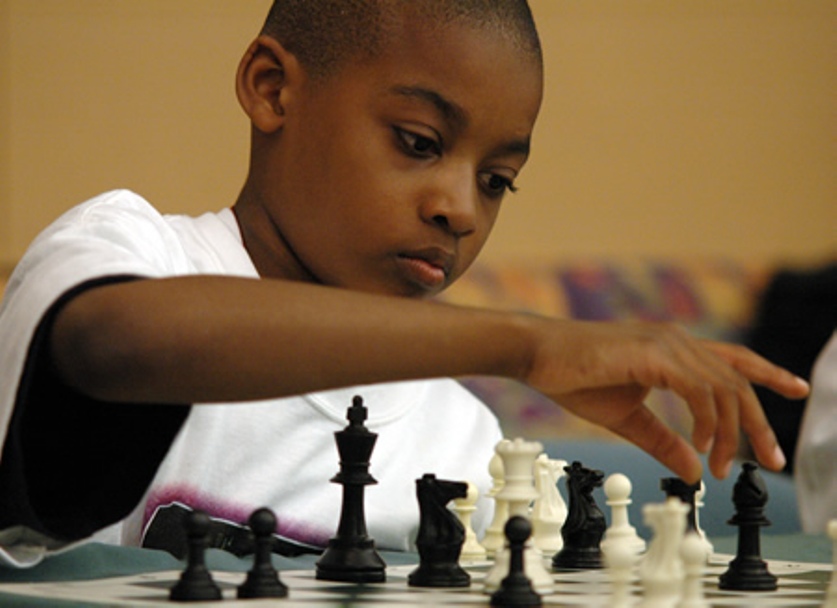8 Ways to Groom Your Child’s Spatial Skills

Research suggests that spatial ability is an important predictor of achievement in science, technology, engineering, aviation, creative arts and mathematics, and may also improve aptitude in reading, especially comprehension. It entails the ability to visualize spatial patterns and mentally manipulate them. Children with spatial intelligence are able to think of objects in three dimensions and draw accurate conclusions from limited information or symbolic representations.
Spatial skills aid proficiency in critical thinking and problem solving and are developed overtime through exposure to relevant learning experiences and consistent practice. Here are a few ways to help your child develop them:
1. Physical Objects
Spatial ability develops when children explore their respective environments and become very familiar with how objects look from different angles. Expose your child to objects of varying shapes and sizes around him through active play. Get him out to visualize and create shapes with clay, blocks, construction paper and any other safe material at his disposal. Have him draw or paint objects using different colours. In addition, call his attention to new objects in your environment using spatial related terms like names of various shapes and words such as thick, thin, full, tiny, broad, wide, narrow, flat, bent, curvy, straight, pointy and so on, so that he keeps a picture of them in his mind. For older kids, invest in geometry sets and cameras. The latter will help them experiment with different camera angles and senses of scale.
2. Give Wings To Their Imagination
Introduce books that will drive his imagination, create opportunities for him to explore stimulating environments where his sense organs can be optimally used and have him describe his perceptions to you in oral or written form. In addition, narrate fairy tales to him and see if he can re-tell the stories and create some of his own.
3. Beef Up Organizational Skills
Get him actively involved in clearing the clutter in your home and re-organising it regularly. You could start off by having him clean up his bedroom and suggest ways of getting it re-arranged. Doing this constantly exercises his spatial skills as he draws mental pictures of the messy room to determine what changes can be effected to tidy it up.
READ ALSO: Top Ways to Discover & Promote Your Child’s Skills & Talents
4. Tangrams and Pictionary
A tangram is an effective learning tool which involves arranging shapes within a larger one. It improves critical thinking and facilitates spontaneous learning of geometry, thus, instrumental to acquiring and developing spatial skills.
Playing pictionary games with your child also builds his imaginative, critical thinking and drawing skills.
5. Jigsaw Puzzles
Educational psychologists recommend jigsaw puzzles to build spatial intelligence. A recent longitudinal study revealed that the more frequently young children worked on puzzles before the age of 4, the better they performed on a test of mental transformations of 2-dimensional shapes when they were 4 1/2. Puzzles expose children of all ages to lots of critical thinking to figure out how individual puzzle pieces can fit to create a well constructed image.
READ ALSO: See Effective Ways to Develop Your Child’s Math Skills Using Lego Blocks
6. Tetris, Computer and Strategy Games
Tactical console video games that constantly require the player to correctly arrange his or her characters in a 3D space are spatial development tools that should be introduced in every home. Also, tetris, which requires manipulating and fitting a number of falling shapes together to make a whole, is another effective tool you should introduce.
In addition, teaching him how to play strategy games such as chess and checkers, helps exercise and improve on spatial intelligence.
7. Rubik’s Cube
This game is played by moving around colours on a cube that is comprised of other smaller cubes. The goal is to make each side of the cube the same solid colour. Having your child attempt solving this puzzle can have amazing effects on your child’s spatial reasoning and yours, even if you both fail to solve it in a long time.
8. Globes and Maps
Introducing these in your home makes it easier for your child to visualize the spherical shape of the earth, get familiar with the cardinal points, locate diverse places and tell which cardinal point they fall in. Illustrate the cardinal points first with a cross and then teach him how to use the compass rose. Ask him to turn it in different directions and find out why he thinks he has done the right thing.
Furthermore, see if he can give accurate directions when you’re going to church or taking him to school. Also, see if he can run errands in your neighbourhood based on the descriptions you give.
Finally, take maps with you on long road trips and get him involved in reading them to guide you through the journey. This will help him take mental notes about distance and space.


Thanks MIM
Okiedokie MIM. Thanks.
Wow I’ve just discovered some ideas. Thanks
Waaow, thanks a lot mim
thanks